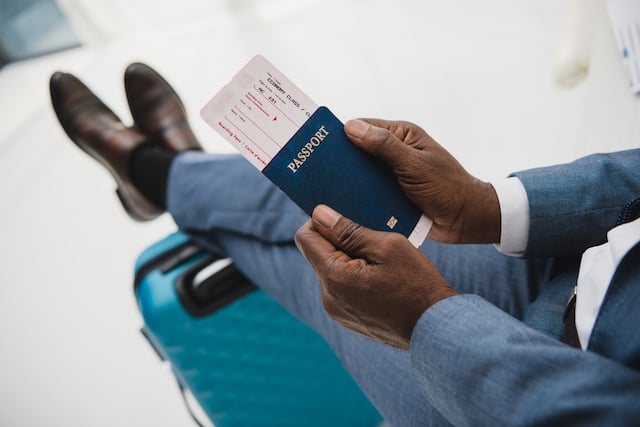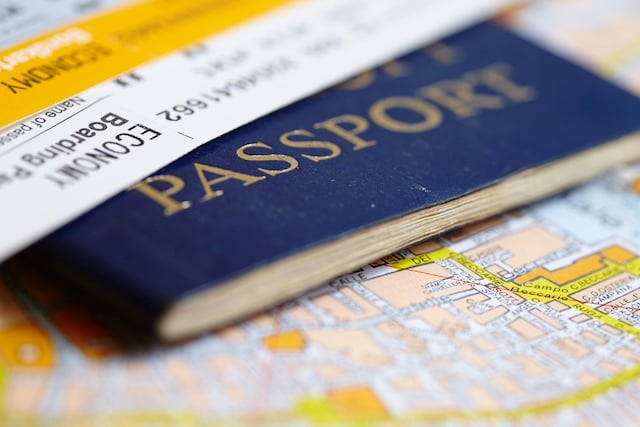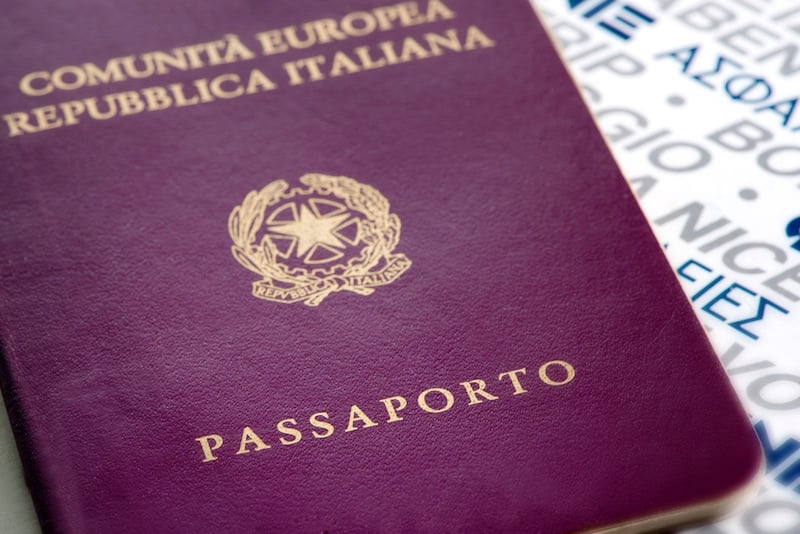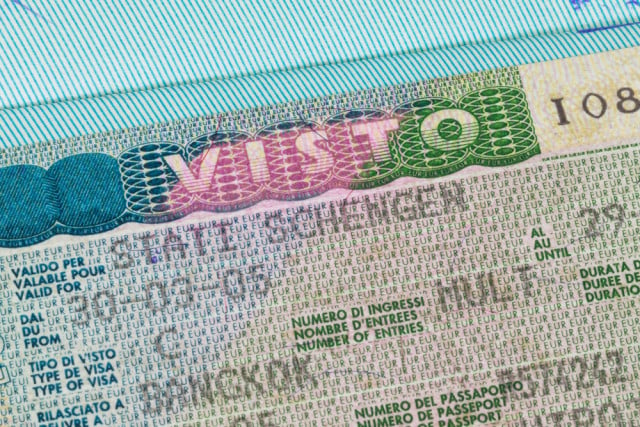First things first, check if your place of work has a collective bargaining agreement.
“A great deal of companies in Sweden have this arrangement, which could be a key difference if you have moved here from another country,” Mattsson from the white-collar trade union Unionen told The Local.
Mattsson explains that there aren’t laws in Sweden governing wages, because “the Swedish model” is dominated by the “central wage contract” (centralt löneavtal) – where the unions collectively strike bargains with employers’ organizations.
Ten steps to help you get the salary you want in Sweden
You may have seen the term “avtalsrörelse” in the Swedish papers? That’s what takes place when this type of broad collective bargaining get under way in Sweden.
That’s the first of three structures that may apply to your place of work in Sweden. You’ll need to get to grips with what deal applies to you before any talk of salaries can get under way.
The second structure is the “local wage contract” (lokalt löneavtal) where employees go on to make a deal with their specific company. This deal is not allowed to include worse working conditions or lower wages than the industry-wide central wage contract, as outlined above.
SEE ALSO: Click here for the latest listings for jobs in Sweden
If your place of work is not tied to the two options above, however, a third version kicks in. It gives you more scope to negotiate, but also means you need to be on your toes when you sign up for a new job.
“Your employer has no obligation to discuss your salary, or to top it up,” Mattsson said.
So while the “individual wage contract” (individuell löneförhandling or lönesamtal) has the potential for more leverage, you need to make sure that your actual job contract states you have the right to renegotiate.
It could be once a year, or at the end of a probationary period, or at any other interval that you and your employer agree to. The key is to make note of that agreement so you actually end up at the negotiation table in the first place.
And when you get to that point, here is a list of what to think about when you actually sit down with the boss.
READ ON: Ten tips to get the salary you want in Sweden
Ann Törnkvist






 Please whitelist us to continue reading.
Please whitelist us to continue reading.
Member comments